How To Do The Viparita Karani And What Are Its Benefits
Learn the many health benefits and the proper technique of the inverted lake pose.
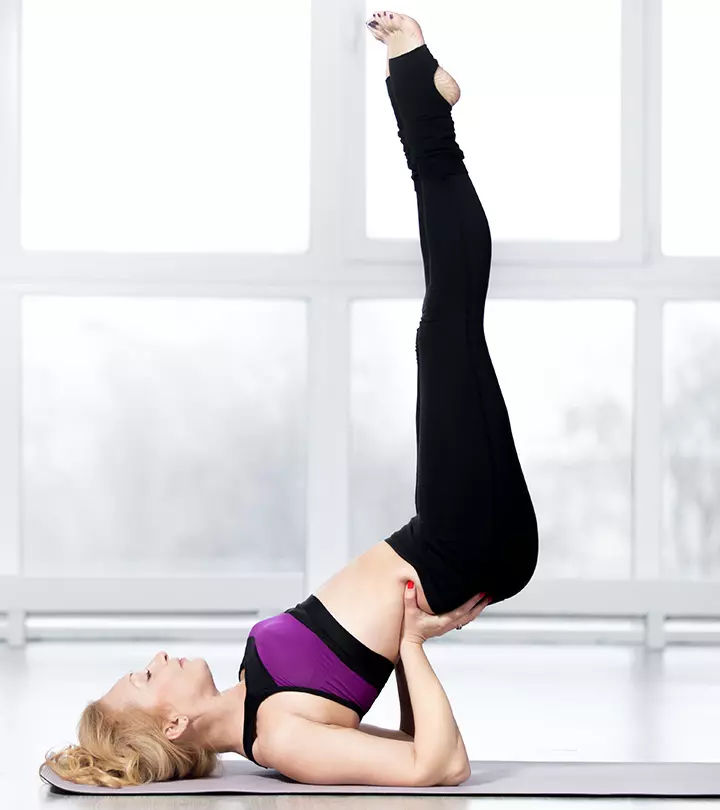
Image: shutter stock
Sanskrit: विपरीतकरणी; Viparita – Inverted, Karani – Doing; Pronounced As – vip-par-ee-tah car-AHN-ee.
Here, we will be discussing the benefits of Viparita Karani. The Viparita Karani, commonly known as the Inverted Lake Pose or Legs Up The Wall Pose, is a minor inversion. This yoga asana has anti-aging benefits in addition to a slew of other health advantages. This asana, originating from ancient yoga traditions, is appreciated not just for its physical advantages but also for aiding mental calmness and spiritual awareness. According to Hindu scriptures, the Viparita Karani minimizes wrinkles and delays the onset of old age. Furthermore, as a restorative pose, this asana allows blood to flow freely throughout the body, thus giving you improved circulation. As a result, it can aid with almost any ailment. Let’s understand more about it. Scroll down.
 Fun Fact
Fun FactIn This Article
Everything You Need To Know About The Viparita Karani
What You Should Know Before You Do The Viparita Karani
You must make sure to keep your stomach and bowels empty before you practice this asana. Have your meals at least four to six hours before you do the asana so that your food gets digested and there is enough energy for you to expend during the practice.
It is best to practice yoga first thing in the morning. But in the event you cannot work out in the morning, it is alright to practice it in the evening.
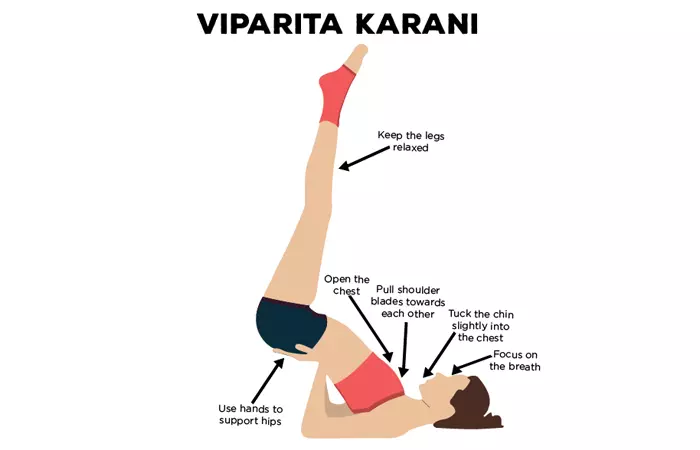
Level: Basic
Style: Hatha Yoga
Duration: 5 to 15 minutes
Repetition: None
Stretches: Front torso, Back of the neck, Back legs
How To Do The Viparita Karani
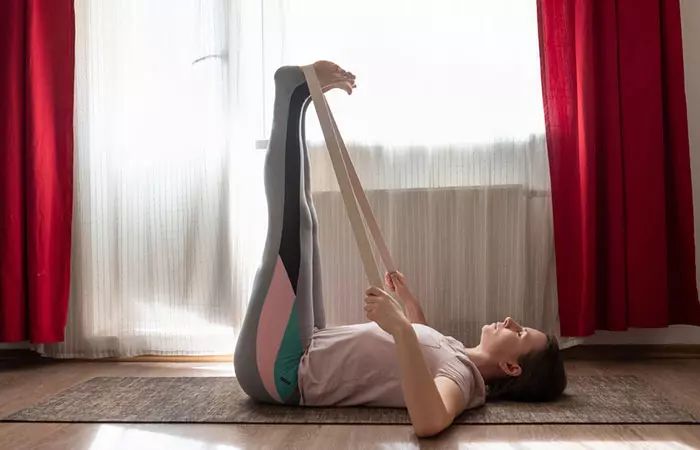
Being a restorative pose, many people enjoy using props like bolsters, pillows and folded blankets while doing this asana. Keep a prop of your choice next to you while doing this asana. Then, follow these steps.
- Find an open space near a wall and sit next to it, such that your feet are on the floor, spread in front of you, and the left side of your body is touching the wall.
- Exhale. Lie on your back, making sure that the back of your legs press against the wall, and that the soles of your feet face upwards. It will take you a little bit of movement to get comfortable in this position.
- Place your buttocks a little away from the wall or press them against the wall.
- Make sure your back and head are resting on the floor. You will find that your body forms a 90-degree angle.
- Lift your hips up and slide a prop under them. You could also use your hands to support your hips and form that curve in your lower body.
- Keep your head and neck in a neutral position and soften your throat and your face.
- Close your eyes and breathe. Hold the position for at least five minutes. Release and roll to any one side. Breathe before you sit up.
Precautions And Contraindications

These are some points of caution you must keep in mind before you do this asana.
- Do not practice this asana if you have high blood pressure, heart issues, or hypertension.
- This asana is a mild inversion, and therefore, it must be avoided during menstruation.
- Avoid this asana if you have severe eye problems like glaucoma.
- If you have serious back and neck problems, make sure you do this asana under the guidance of a certified yoga instructor.
- If you notice a tingling in your feet when you practice this asana, bend your knees and touch the soles, bringing your heels close to the pelvis.
- Consult a healthcare professional before practicing this asana if you are pregnant or have any other health issues or injuries.
Beginner’s Tip
As a beginner, you might find it hard to get the alignment right in this pose. For this, you must breathe such that the heads of your thigh bones are firmly pressed against the wall. This will help release your spine, belly, and groin. You must imagine the inhalation descending through the torso, and pushing the heads of the thigh bones close to the wall. As you exhale each time, let your thigh bones press harder onto the wall and your torso pull away from the wall. Following these steps will help you obtain improved respiratory function.
Pose Variation
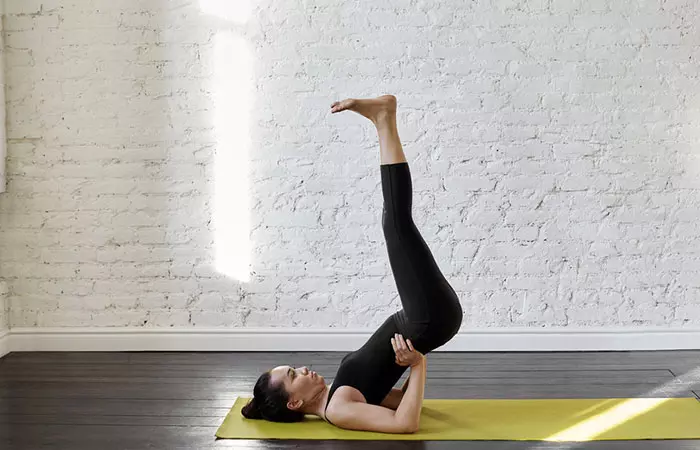
If you have enough space, you can spread your legs in a wide ‘V’ when they are against the wall. This will increase the stretch in the groin and the thighs. Alternatively, to increase the stretch, bend the knees and touch the soles together. Then, slide the outer edges of the feet down and bring your heels closer to your pelvis. Push your hands against the top of the inner thighs to increase the stretch in the groin.
The Benefits Of The Inverted Lake Pose
These are some amazing benefits of Viparita Karani.
- It helps to relax tired, cramped feet and legs.
- It gives the front of the torso, back of the legs, and the back of the neck a good stretch.
- It relieves a mild backache.
- This is an asana that helps to soothe and calm the mind.
- This asana has therapeutic benefits for the following:
a. Anxiety
b. Arthritis
c. Diabetes
d. Digestive problems
e. Headaches
f. High and low blood pressure
g. Insomnia
h. Migraines
i. Mild depression
j. Respiratory ailments
k. Urinary disorders
l. Varicose veins
m. Menstrual cramps
n. Premenstrual syndrome
o. Menopause
Mignon Robinson, a blogger, shares her experience trying the restorative yoga pose, Viparita Karini. She declares that though this was her introduction to yoga, it made her decide to try yoga classes. She writes, “And just five minutes into the pose I already felt more relaxed and relieved from stress. It helped me concentrate on my homework a lot better, and if you have a hard time concentrating like I do, Viparita Karani just might be what you need (i).”
 Trivia
TriviaThe Science Behind The Viparita Karani
This asana is an energizing inversion that relieves the spine, feet, legs, and nervous system.
You will see improved lymphatic drainage from this pose as the legs are raised up, leading to reduced swelling, and gently brings the body to a state of complete relaxation. No matter the level of experience, any yoga student can do this asana. It is said that when you take some time off in your day to reverse the forward movements of acting, doing, and accomplishing, your body and brain go into a state of pure being. This allows the mind to go into a state of deep meditation. It also calms the brain and makes it more self-aware.
It is because of these calming benefits that this asana is usually done at the end of the yoga regimen, just before your body goes into the Shavasana. But this asana can also be practiced independently, and not as a part of a routine.
Preparatory Poses
Uttanasanai A yoga pose that makes you touch the toes by bending forward, which helps strengthen the knees and thighs and regulates blood pressure.
Virasana
Supta Baddha Konasanai Also called a butterfly pose, it stretches the knees, pelvic region, and thighs to improve blood circulation and reduce anxiety.
Setu Bandha Sarvangasanai A variation of the bridge pose that stretches the vertebral column, neck, and thorax to improve blood circulation and the digestive health.
Follow-Up Poses

Shavasana
Sitting Pranayama
If you add this asana to your regular exercise routine, your mind, body, and spirit are sure to be relaxed and restored. This asana instantly lifts up and instantly results in an improved mood after a long, tiring day, especially if you have been on your feet all day. All you need is five minutes – you will be surprised at how this simple asana will energize you!
Key Takeaways
- Practice Viparita Asana 4-6 hours after you eat.
- This asana relieves cramped legs and feet.
- It relieves backache and leads to reduced menstrual cramps.
- Do not practice this asana if you have high blood pressure or heart issues.
- Practice this asana with the help of an instructor if you have severe back or neck pain.
Infographic: Viparita Karani: How To Do It And Points To Consider
Viparaita Karani is an easy yoga pose that gives improved flexibility along with many health benefits. It relieves backache and culminates in reduced anxiety, improved sleep and improved digestion. It’s easy to do and requires no special equipment, and is highly efficient in treating sleep-related problems as it helps calm the mind. However, it should be done safely, and some precautions should be taken. Check out the infographic below to find out how to do the Viparita Karani correctly and what precautions to take.

Illustration: StyleCraze Design Team
The Viparita Karani, a mild inversion, is also known as the Inverted Lake Pose or Legs Up The Wall Pose. This yoga asana offers anti-aging as well as numerous other health benefits. It is also one of the most effective yoga poses to treat varicose veins. The spine, feet, legs, and neurological system are all relieved in this energetic inversion. It slowly induces a condition of full relaxation in the body. This asana will lead to reduced back pain and allow the mind to enter a deep state of concentration to help the brain to relax and become more self-aware. This asana is frequently done at the end of a yoga routine because of its relaxing properties, just before your body enters Shavasana.
Frequently Asked Questions
Is viparita karani good for hair?
Viparita karani and yoga may lead to stress relief (2). Since stress is a significant factor behind hair issues, this asana may also have some indirect hair benefits.
Is viparita karani and sarvangasana the same?
No, they are not. In viparita karani, the back is tilted at a 45° angle. However, in sarvangasana, the back and the legs are at a 90° angle from the floor.
Can you do Viparita Karani without wall support?
Yes, you can do Viparita Karani without wall support. However, it takes a lot of practice to do it. Once you can hold the pose for 5-10 minutes, you can try doing it without a wall under the guidance of your yoga teacher.
Is Viparita Karani a mudra or asana?
Viparita Karani is an asana in yoga and not a mudra.
Illustration: How To Do The Viparita Karani And What Are Its Benefits
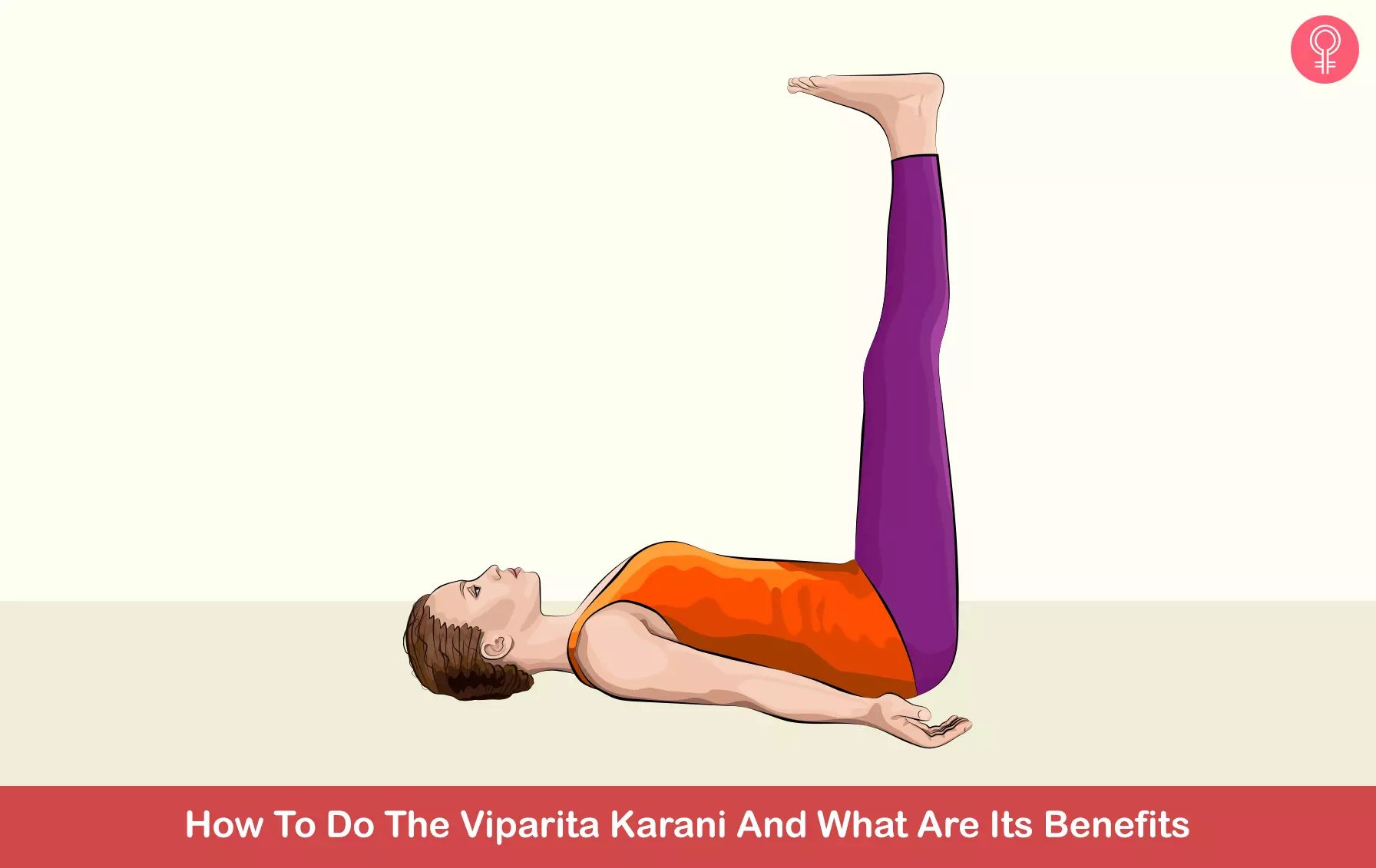
Image: Dall·E/StyleCraze Design Team
The Viparita Karani pose can restore your body and help you find inner balance. Learn the correct way to perform this rejuvenating posture by following the step-by-step instructions in this video. Watch it now!
Personal Experience: Source
StyleCraze's articles are interwoven with authentic personal narratives that provide depth and resonance to our content. Below are the sources of the personal accounts referenced in this article.
i. The Benefits Of My Good Friend “Viparita Karani!”https://mdst485class.wordpress.com/2019/10/20/the-benefits-of-my-good-friend-viparita-karani/
References
Articles on StyleCraze are backed by verified information from peer-reviewed and academic research papers, reputed organizations, research institutions, and medical associations to ensure accuracy and relevance. Read our editorial policy to learn more.
- ROLE OF JALANDHAR BANDHA IN MANAGEMENT OF HYPOTHYROIDISM
https://wjpr.s3.ap-south-1.amazonaws.com/article_issue/cfb02245fbc606ce07233988b9fa61d2.pdf - Stress Inflammation and Yoga Practice
https://www.ncbi.nlm.nih.gov/pmc/articles/PMC2820143/
Read full bio of Sri Yogi Anand
Read full bio of Shirin Mehdi
Read full bio of Ravi Teja Tadimalla
Read full bio of Himanshi Mahajan







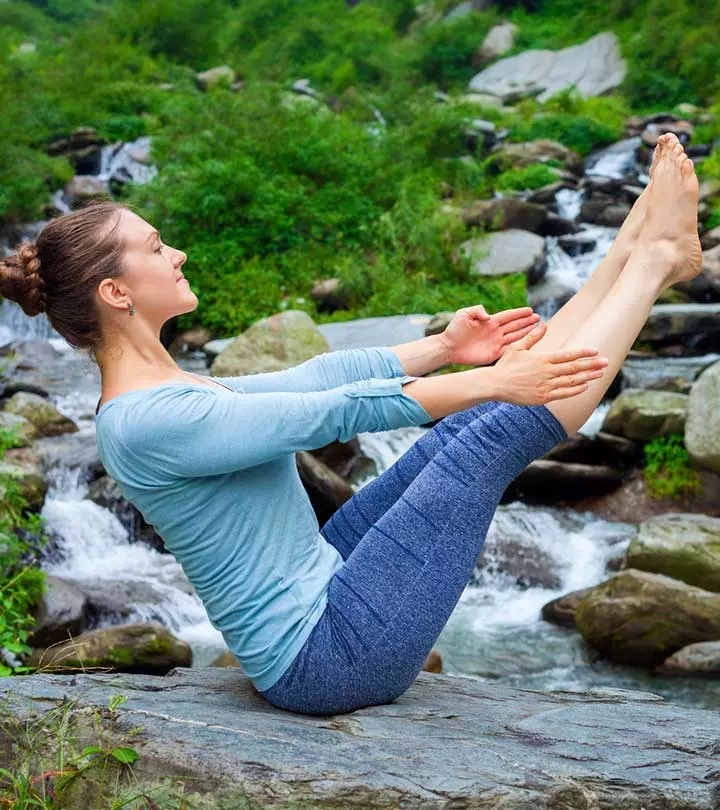
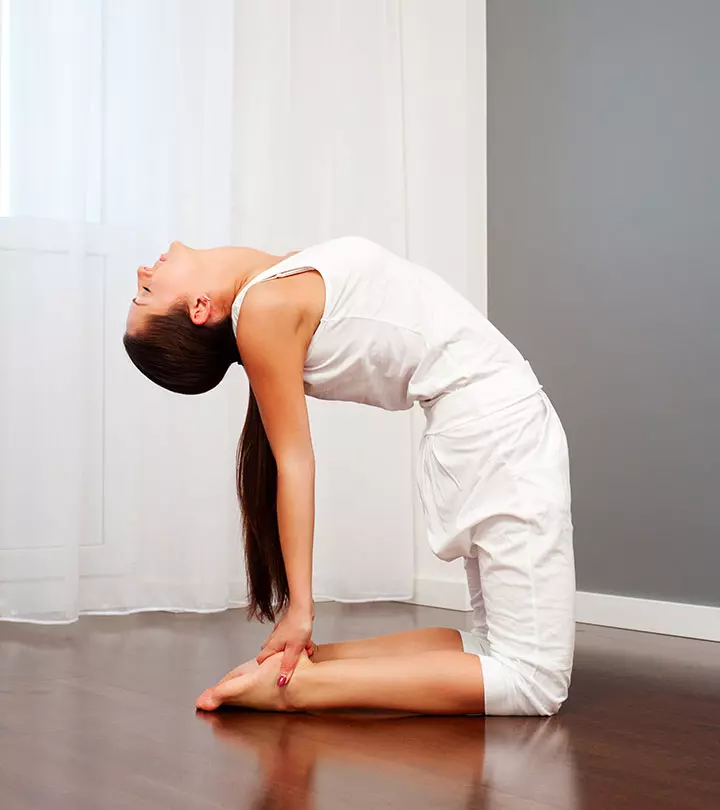
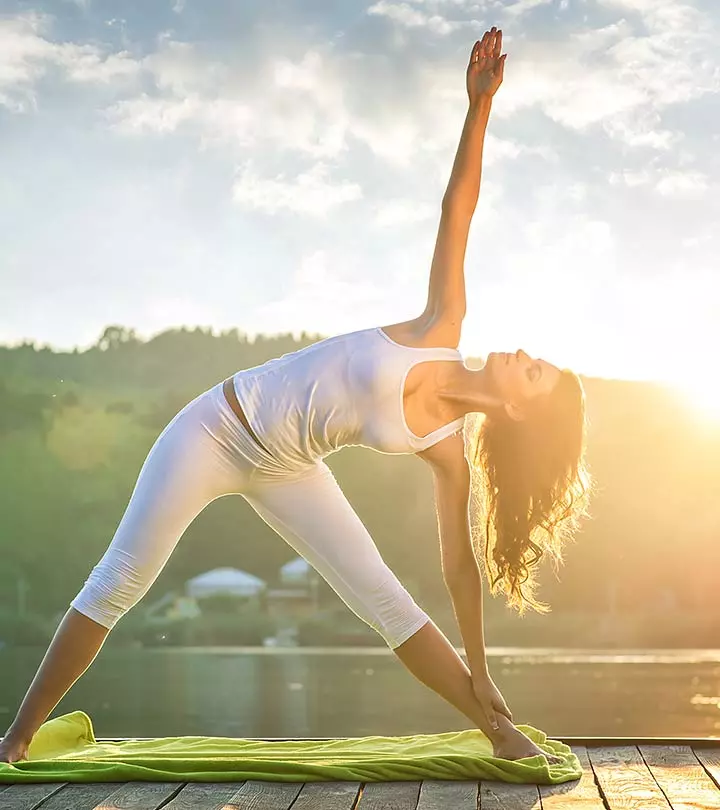
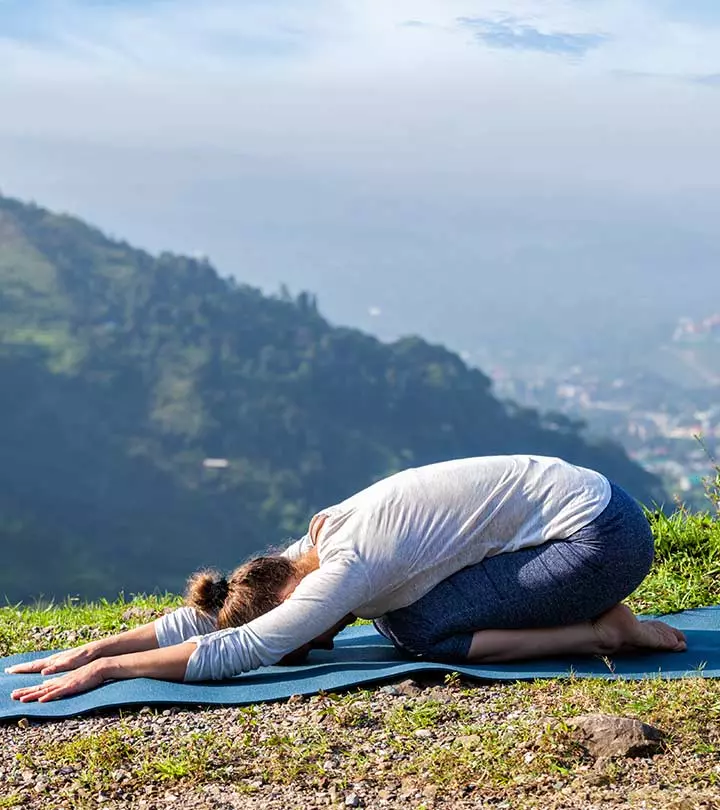
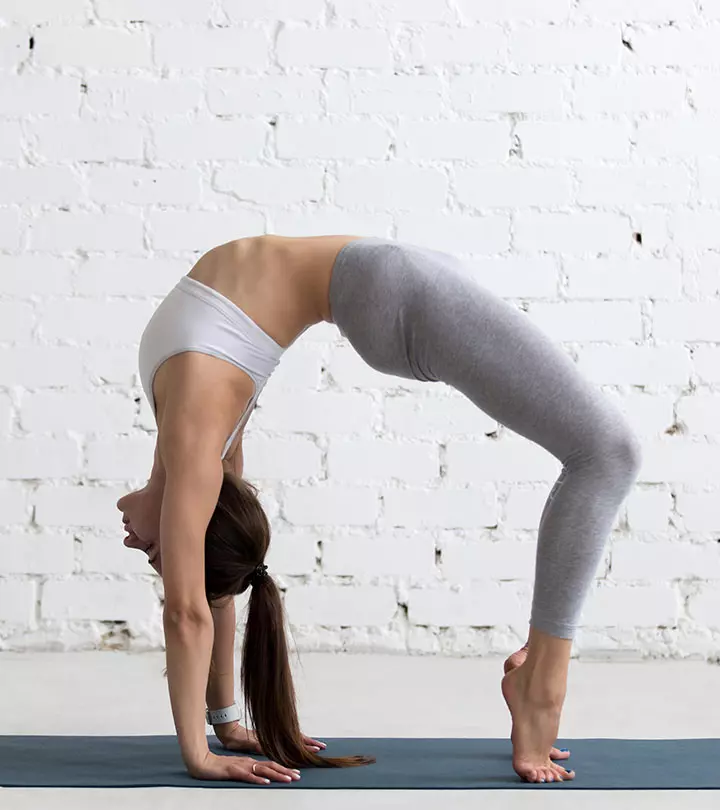

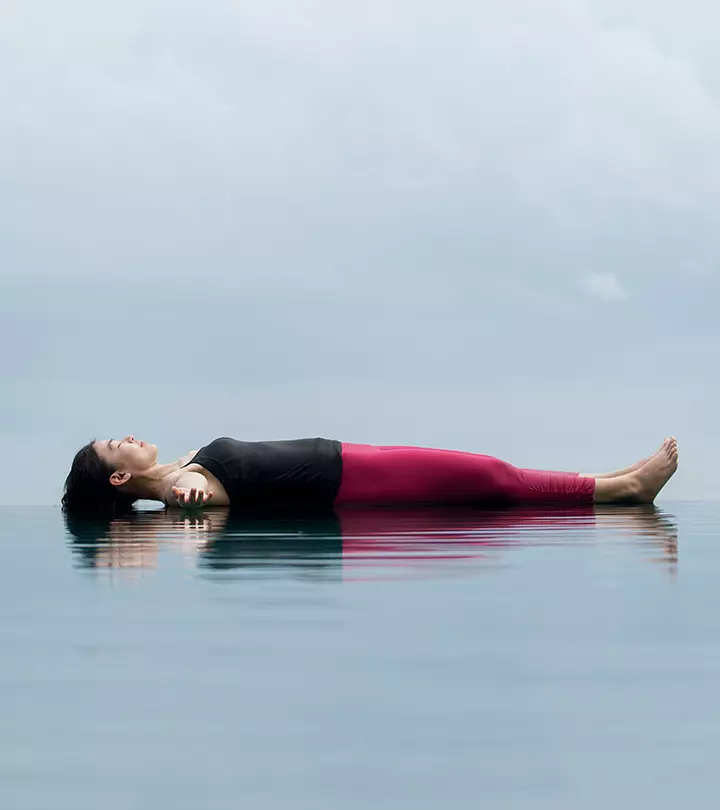

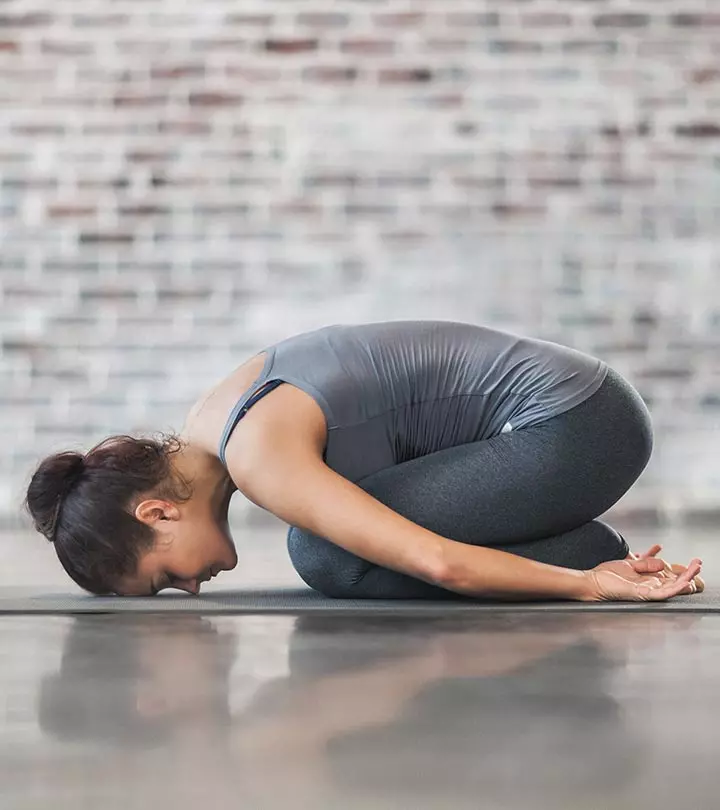
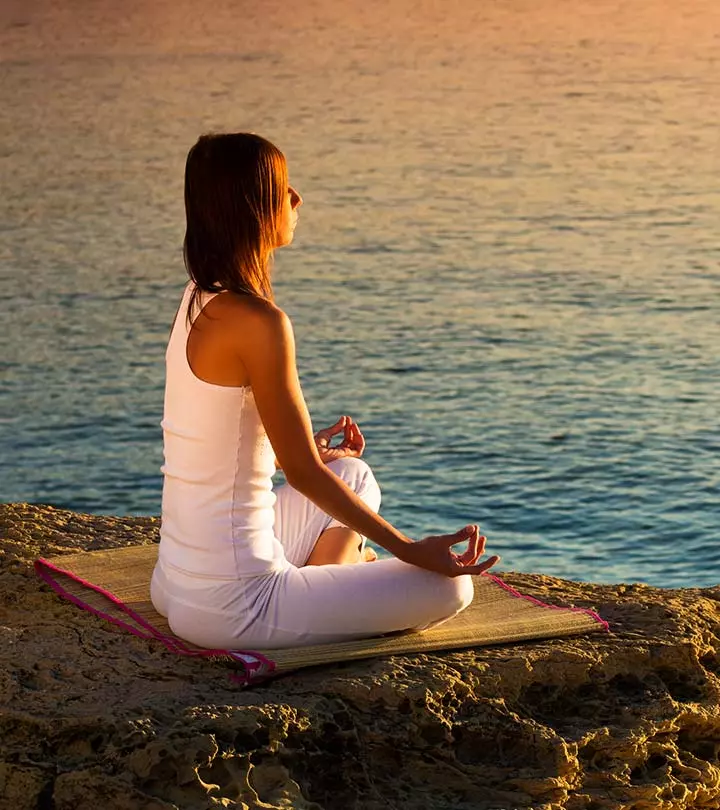
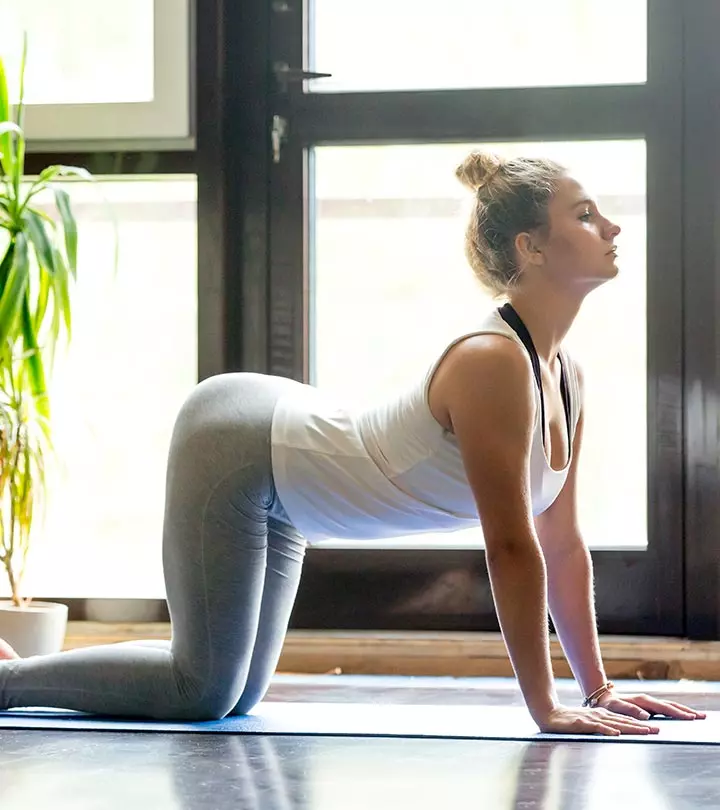
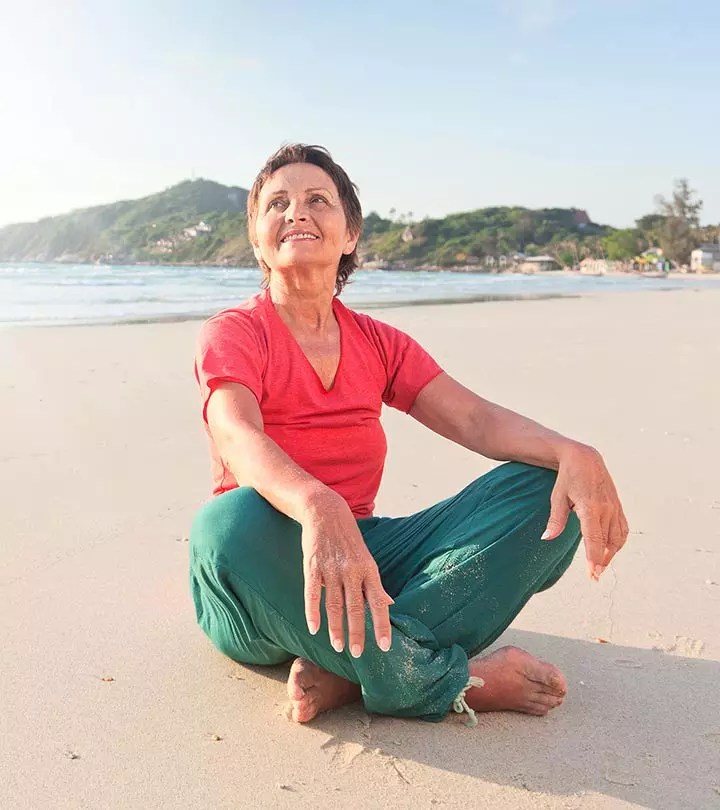
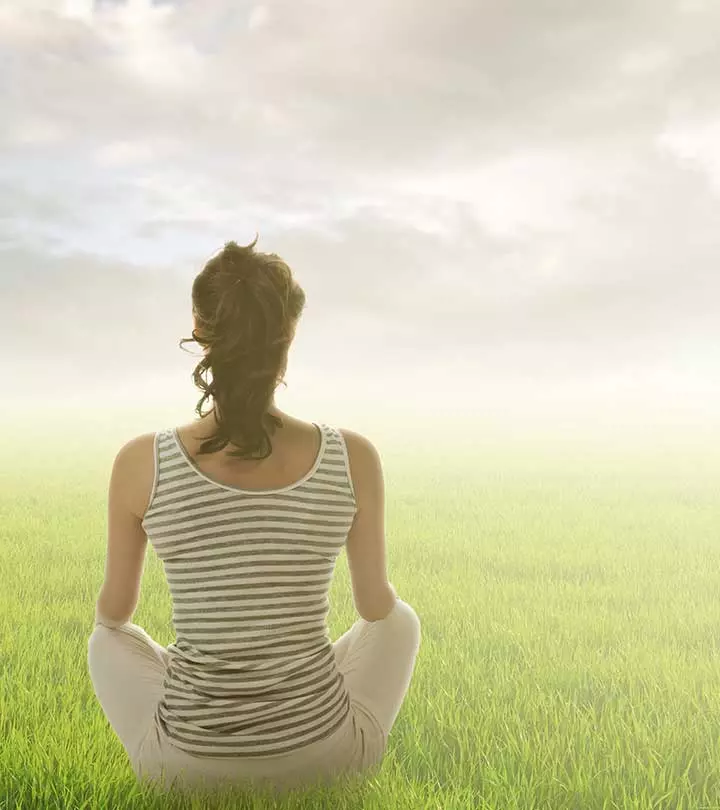
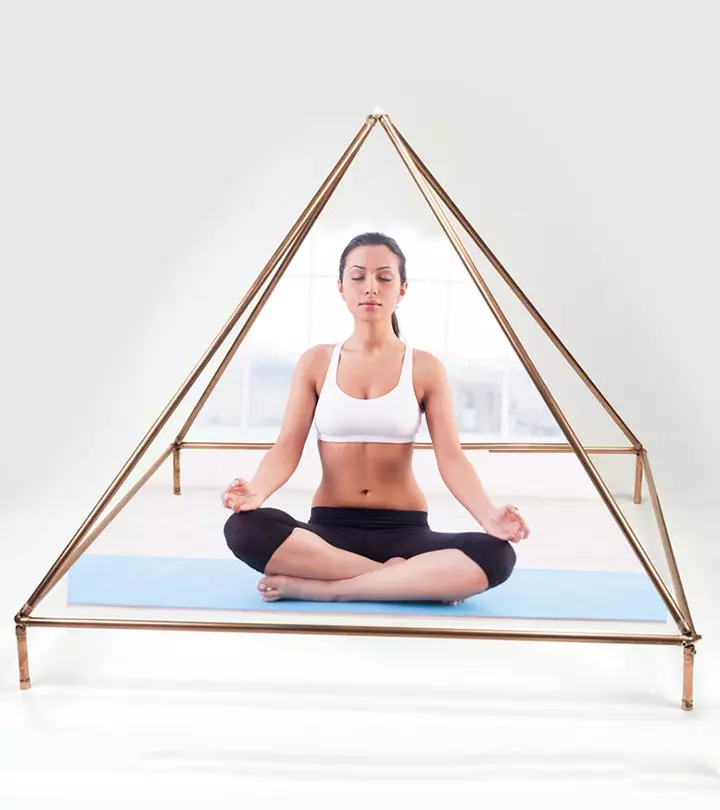

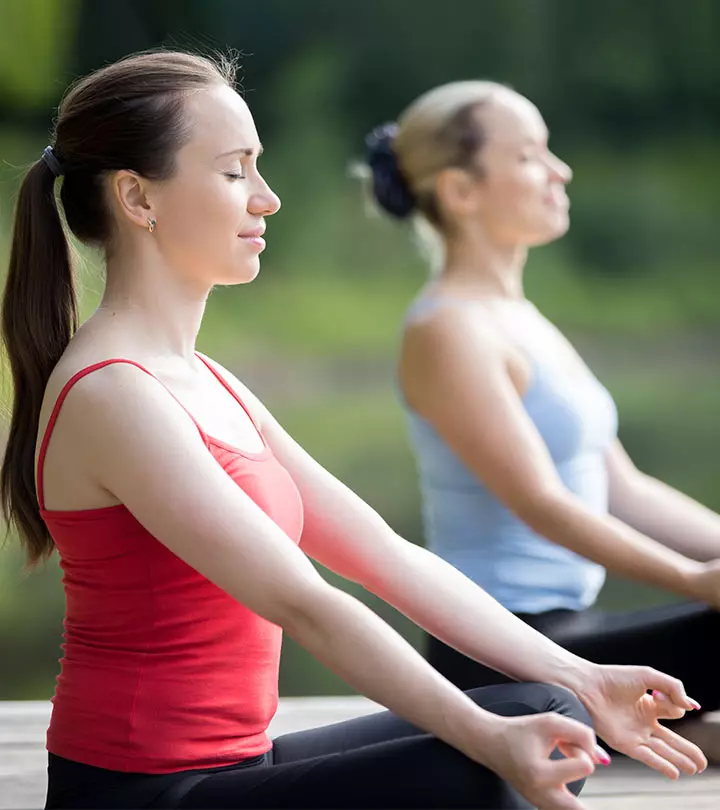

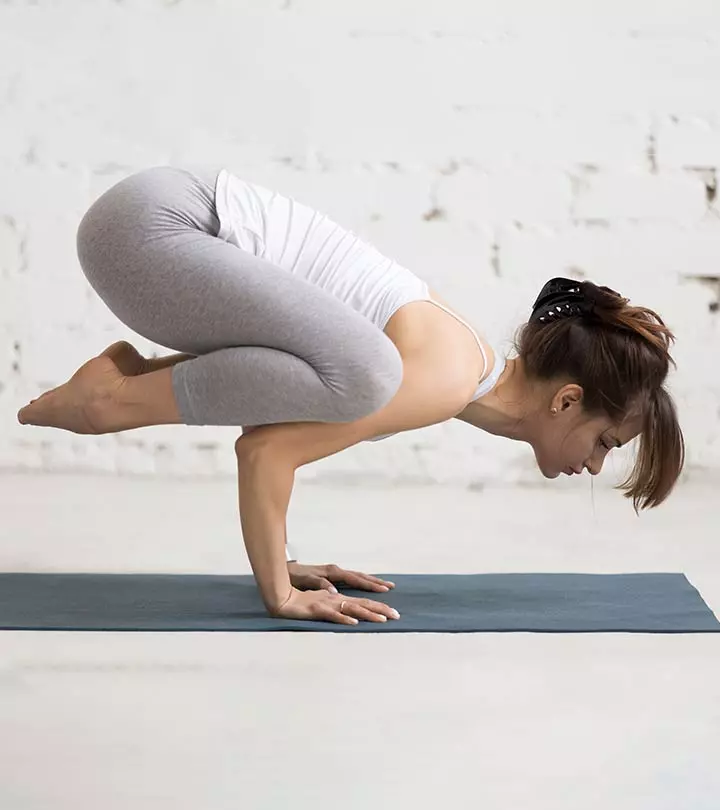
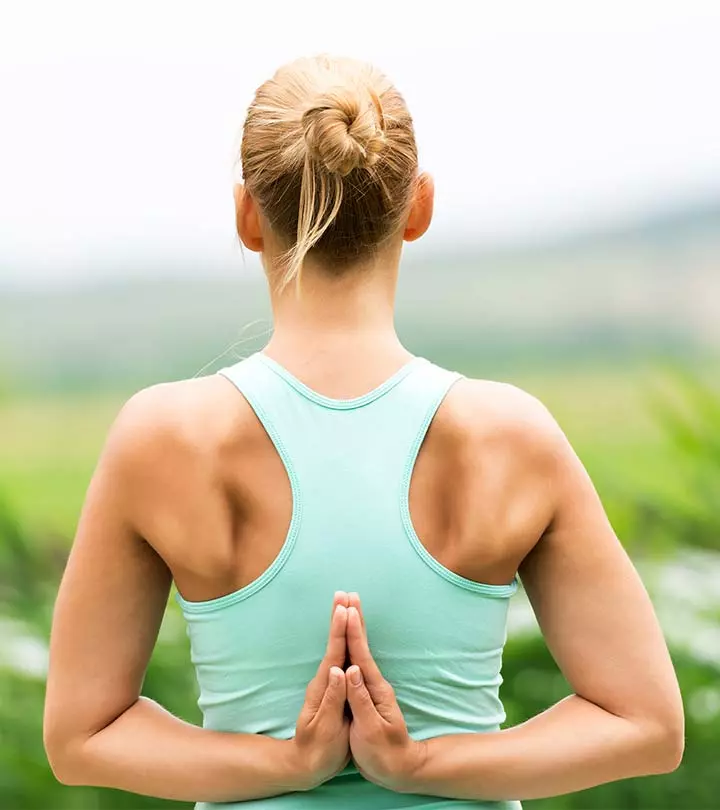

Community Experiences
Join the conversation and become a part of our empowering community! Share your stories, experiences, and insights to connect with other beauty, lifestyle, and health enthusiasts.